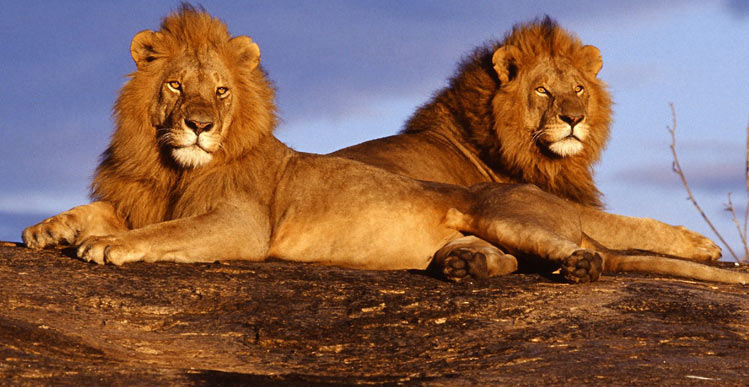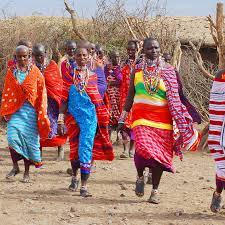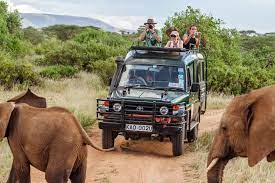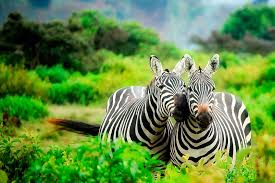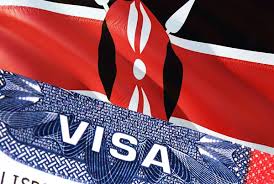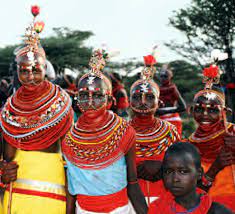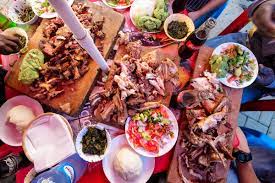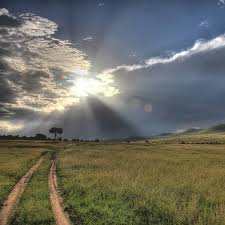Overview
Tsavo West National Park is operated by the Kenya Wildlife Service. It encompasses mountains and hills for climbing, savanna bush and semi-arid desert scrub, acacia woodland, palm thickets, rivers and the tranquil Lake Jipe . There are many tourist attractions at Tsavo West National Park, from safari tours to see the red-skinned elephants, to birdwatching and hill hiking, to caving and boating. There are many Kenyan animals in the park, including elephants, African lions, hippos, cheetahs, hartebeest and buffalo. Tsavo West National Park covers 7065km² but the terrain is much more varied than that of Tsavo East. It ranges from 200-1000m in altitude. The northern sector is bush land with scattered native baobab trees. The railway runs along the border separating Tsavo East and Tsavo West National Park. In 1898, as many as 135 railway workers were attacked and killed by man-eating lions. The pair of male, maneless lions that, unusually, hunted humans rather than livestock, evaded traps and capture for many months. The man-eaters were eventually shot by Lt. Col. John Henry Patterson, but the legend lives on. A wildlife safari is the best way to see Kenya’s wildlife close-up in its natural environment. Tsavo West is home to the largest population of red-skinned elephants as well as to members of the rest of the “Big 5” African animals (buffalo, African lions, leopards and rhinos). There is also a host of Kenyan birds and other animals, both large and small, to see.
From Lake Jipe, on the Tanzanian border, to the mountain forests of the Chyulu Hills, the wide range of landscape offers protection to many endangered African wildlife including the black rhinoceros, Cosen’s gerbil, Hunter’s hartebeest, several species of shrew and rat, Grevy’s zebra and wild dogs. Upon entering Tsavo West National Park, the park warden will give you several commonsense rules. For example: do not get out of your vehicle, except at designated spots; do not harass the animals in any way; keep to the tracks; no off-road driving; and remember that the animals always have the right of way.
Best Time to Visit
January and February are good months to visit Tsavo West, as well as June to September. Visiting during the heavy rainy season of March to May should be avoided as the roads become very muddy. There may be some rain from October to December. Temperatures stay at a pleasant 27-31C (81-88F) during the day and 22-24C (72-75F) at night year round. The best months for birdwatchers to see migratory birds are October to January. The best times to view the park’s animals are early and late in the day, as they tend to sleep in the hot afternoon sun.
Getting There
By air: There are several good airstrips for chartered aircrafts at Chyulu, Mtito Andei, Tsavo, Jipe, Maktau, Kasigau and Ziwani gates.
By Road: From Amboseli (52km), head for the Chyulu Gate. From Nairobi (272km), enter using the Mtito Andei Gate. From Mombasa (188km), use either the Tsavo Gate near Manyani, or the Mtito Andei Gate. There are also entrances at Maktau, Ziwani and Jipe, depending upon where you want to be within the national park.
Activities
Tsavo West National Park offers many activities and tourist attractions, as well as wildlife safaris. Lake Jipe attracts a lot of wildlife and is a good place for bird watching. It is fed by the run-off from Mount Kilimanjaro and the North Pare Mountains. Take a boat excursion on the lake, or explore the swamps at each end. Red Elephant – Lake Jipe, Tsavo West Mzima Springs is at the north end of Tsavo West. Water from the Chyulu Hills runs from beneath the lava ridge and forms several natural pools. Fringed with palm trees, these pools are popular watering holes for birds and African wildlife. You can also watch the hippos bathing underwater here. Visit the Lava Flows and Caves for geological interest; explore the caves or hike along the lava flow.
Bird watching safaris are best between October and January, featuring many migratory birds including African skimmers, red and yellow bishops, goshawks, buffalo weavers and palm nut vultures, to name a few. The swamps on Lake Jipe and the acacia woodlands also attract many birds. In fact, over 500 bird species have been recorded in the park, including ostriches, kestrels, buzzards, starlings, weavers, kingfishers, hornbills, secretary birds and herons. The cliff faces in Tsavo West offer some of the best rock climbing in Kenya. The views over the savanna plains are spectacular, and Mt Kilimanjaro can also be seen on occasion. Visit the 300m high, east side of Kichwa Tembo, the Great Tsavo Chimney and the Ivory Tower on Elephant Rock. Climbing can be arranged through the Mountain Club of Kenya.
Accommodation – Safari lodges in and around Tsavo West National park The Kenya Safari Lodges in Tsavo West cater to everyone from the medium budget visitor to the luxury-seeking tourist. Lodges include the unfenced and wildly luxurious Finch Hattons Camp, and the Voyager Ziwani Safari Camp – a popular honeymoon destination in Kenya due to its spectacular view of mount Kilimanjaro and high level of privacy. Moderately priced Kilaguni Serena lodge, Severin Safari Camp and Ngulia Lodge are good choices for the budget traveler.
Campsites: Lake Jipe and Kamboya are both open to the public. Royal Little, Simba, Kenge and Kudud are special camps. Guesthouse: Tsavo West Information Visitor Center. Bandas:Lake Jipe, Kitani, Ngulia There are also many picnic sites throughout Tsavo West National Park.
Uniqueness
Famous for the Mzima Springs, with its unique underwater hippo observatory, and for the Shaitani Lava flows and Chaimu volcanic crater, the park offers plenty of opportunities to explore on foot. In addition, the park has recorded over 600 species of birds. The park also holds an important rhino sanctuary and is famous for elephant. Tsavo is a vast ecosystem where the relationship between wildlife and its environment has been allowed to take its own natural course. The park offers diverse habitats including mountains, rivers, forests, plains, lakes and wooded grassland.
Game includes leopard, cheetah, buffalo, rhino, elephant, giraffe, zebra, lion, plains game, crocodile, and plenty of additional small mammals, birds and insects.

